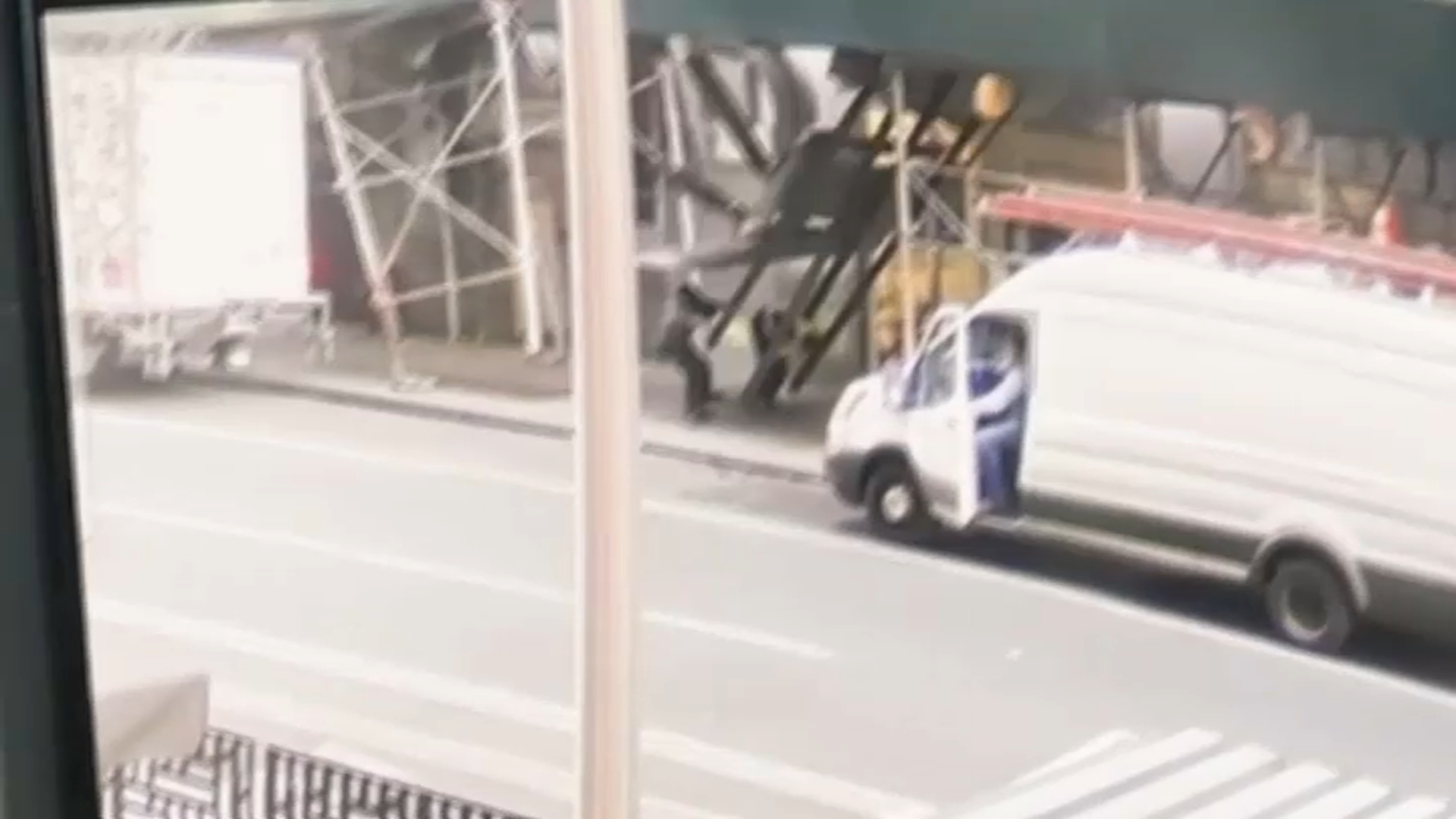What to Know
- The MTA says the Department of Homeland Security working alongside a team of researchers and city agencies will deploy a non-toxic gas on five separate days between Oct. 18 and 29 at about 120 locations across the city
- Most of the locations will be above ground, including some parks. A number of below-ground subway stations will also be included, though details on which ones weren't known
- Commuters can expect to see teams of researchers working at locations scattered across the city both above and below ground. The DHS said there will be a variety of sampling and sensor equipment at locations across the five boroughs
New York City's response plans for a chemical or biological attack will be put to the test starting Monday as part of a federal preparedness study.
The MTA says the Department of Homeland Security working alongside a team of researchers and city agencies will deploy a non-toxic gas on five separate days between Oct. 18 and 29 at about 120 locations across the city, including transit.
Most of the locations will be above ground, including some parks. A number of below-ground subway stations will also be included, though details on which ones weren't known.
“The goal of these tests is to deliver actionable information to emergency preparedness planning authorities for potential wide-area release of dangerous chemicals or biological materials,” DHS Senior Official Kathryn Coulter Mitchell said in a statement.
Straphangers and anyone in the vicinity of testing operations are advised that the gas is non-toxic and poses no health risk to the public.
Get Tri-state area news delivered to your inbox. Sign up for NBC New York's News Headlines newsletter.
The study simulates "the aerosol release of a biological agent in a densely populated urban environment."
News
"The study will track movement of non-toxic material and the results from these tests will be used to learn more about the relationship between airflow in street level and underground environments," the MTA said.
Commuters can expect to see teams of researchers working at locations scattered across the city both above and below ground. The DHS said there will be a variety of sampling and sensor equipment at locations across the five boroughs and that equipment will be clearly marked.
The study is part of ongoing testing under the federal Urban Threat Dispersion program. New York City has been tested before, back in 2016, as have other major cities including Washington D.C. and Boston.
“Lessons learned now will help refine and verify airflow and dispersion models that will inform response protocols and keep our citizens, critical infrastructure including hospitals, police and fire stations, and our transit systems safe," Mitchell added.



